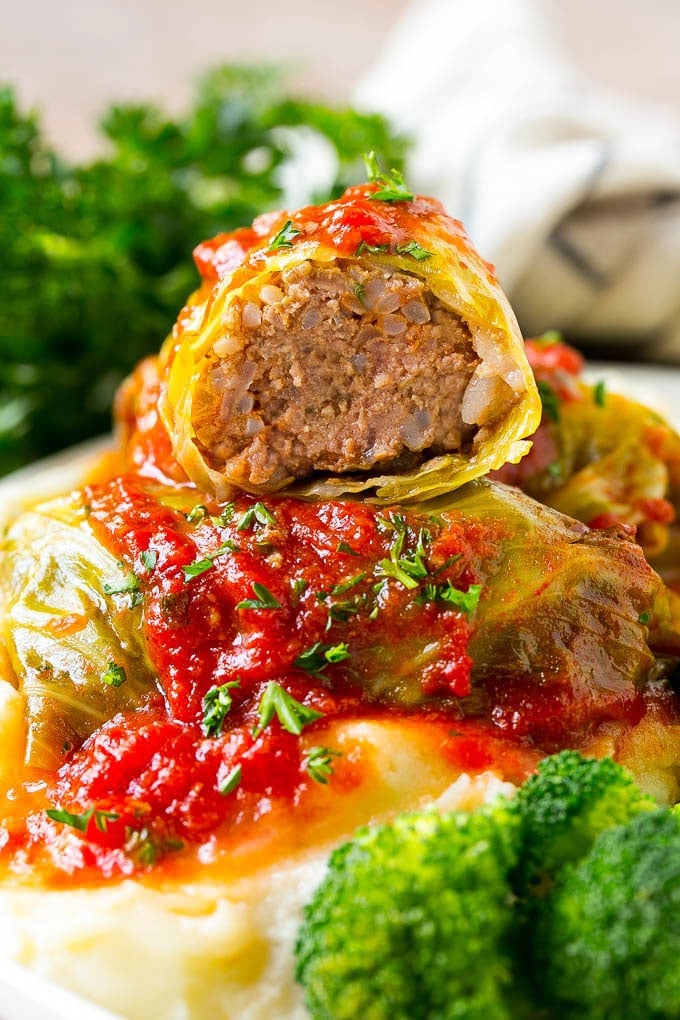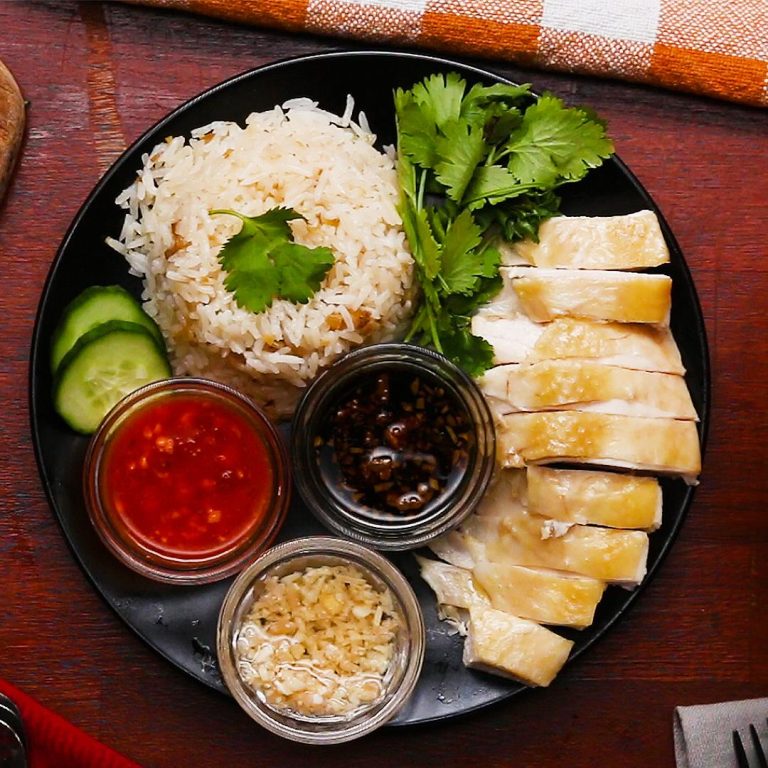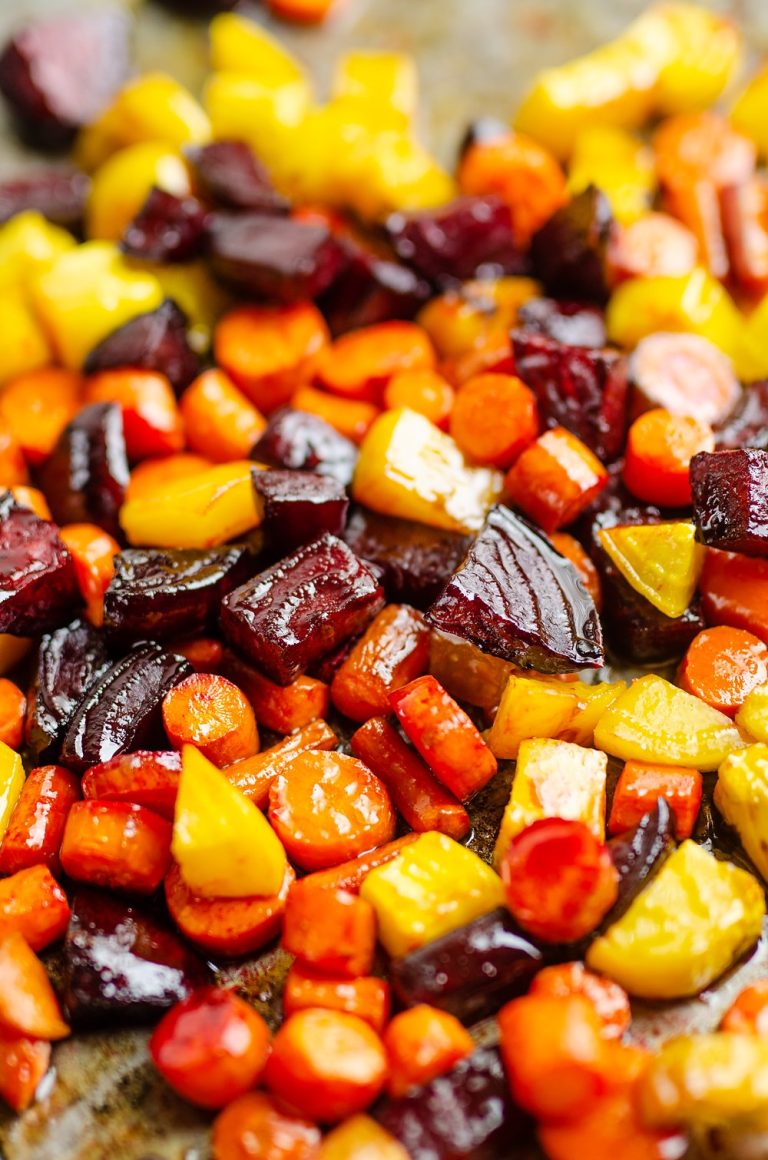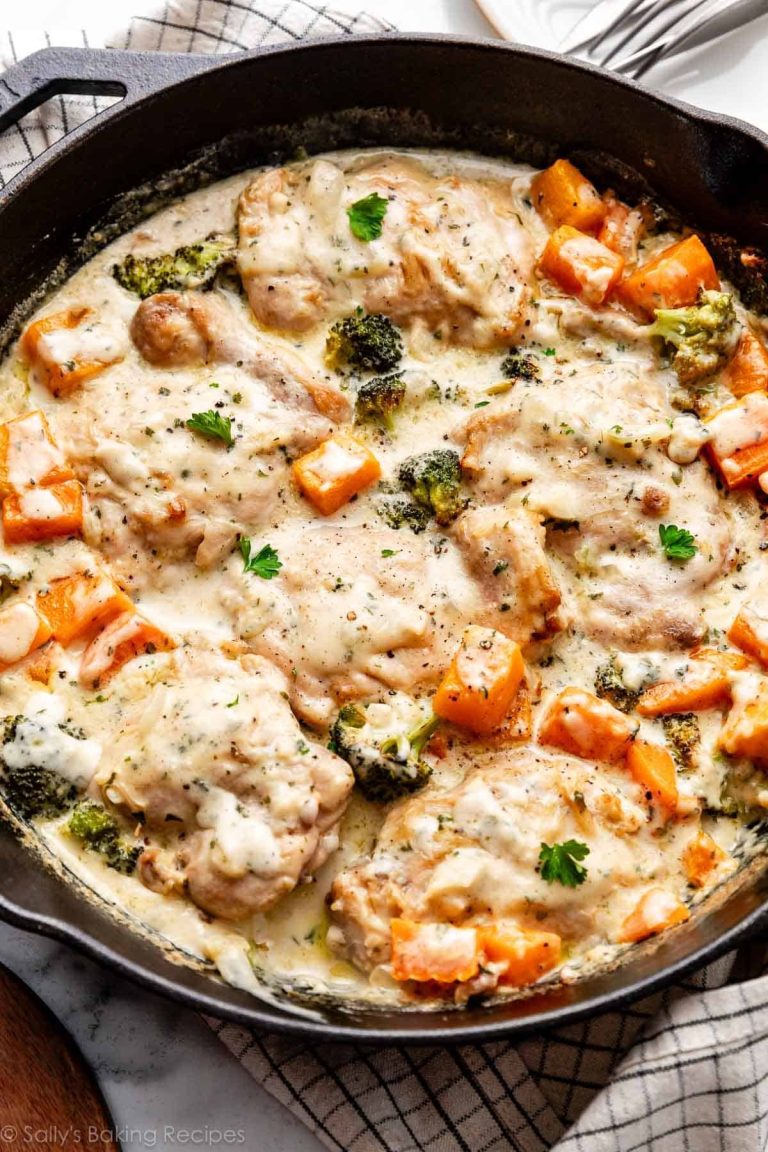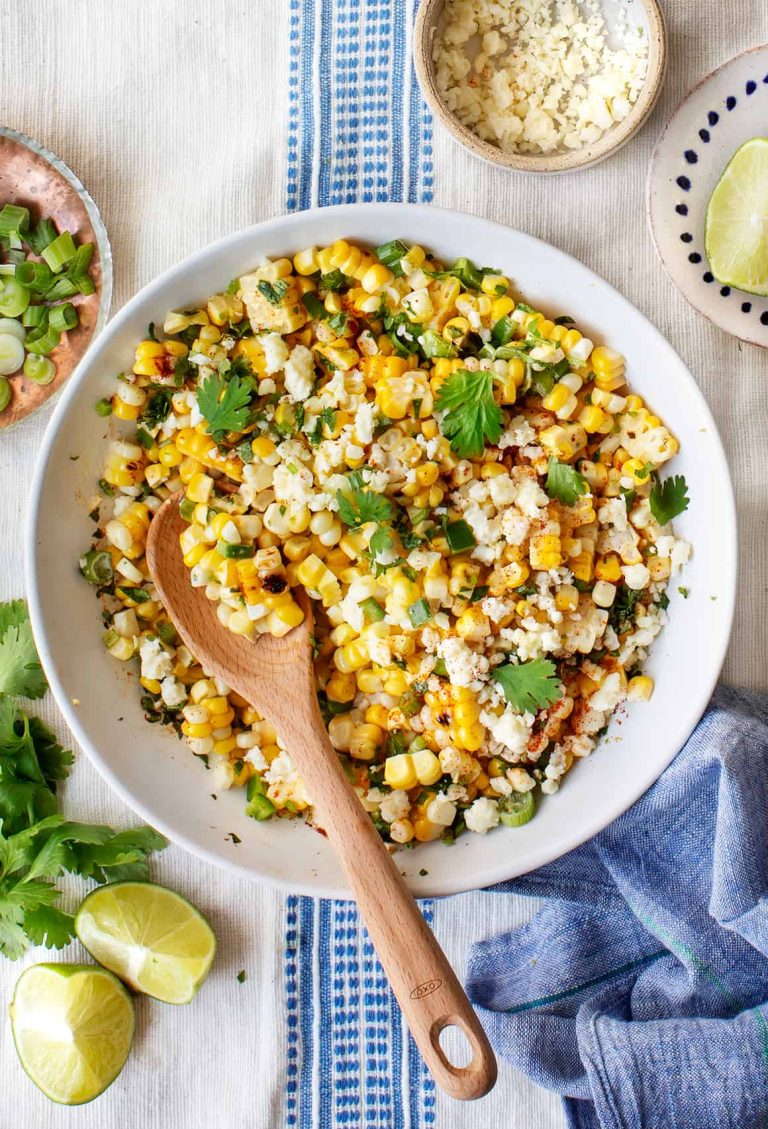Stuffed Cabbage Rolls: Global Recipes, Cooking Tips, and Serving Ideas
Stuffed cabbage rolls have diverse variations around the world, reflecting local tastes and ingredients. In Eastern Europe (Poland, Hungary, and Russia), rolls often contain pork or beef with rice, seasoned with garlic and onions. In the Middle East, grape leaves sometimes replace cabbage, and rice and ground lamb are common fillings, infused with aromatic spices. Asian countries like China and Korea also feature unique versions, using ingredients like soy sauce, ginger, and sometimes seafood.
Culinary Influences and Evolution
The evolution of stuffed cabbage rolls highlights culinary exchanges among cultures. Ancient Roman texts referenced stuffed leafy vegetables, an early precursor to cabbage rolls. Migratory patterns and trade routes facilitated the spread of recipes and techniques. Over time, each region adapted the basic concept to suit available ingredients and local palettes, resulting in distinct yet related dishes. The versatility of stuffed cabbage rolls has allowed for countless adaptations, making them an enduring favorite in many kitchens.
Key Ingredients for Stuffed Cabbage Rolls
Choosing the Right Cabbage
Select cabbage leaves that are large, tender, and free from blemishes. Green cabbage is the most common choice due to its pliability after blanching. Savoy cabbage, with its crinkled leaves, offers a slightly sweeter taste and softer texture. Napa cabbage works well for a lighter, more delicate roll. Ensure the chosen cabbage is fresh and firm to avoid issues during the rolling process.
Meat and Vegetarian Fillings
Meat fillings typically involve a mix of ground meats like beef, pork, or lamb combined with rice, onions, garlic, and spices. For enhanced flavor, use fresh herbs like dill or parsley. Middle Eastern variations often include lamb, pine nuts, and fragrant spices. In contrast, Eastern European recipes favor beef or pork with simple seasoning.
Vegetarian fillings use grains like rice, quinoa, or barley as a base. Add sautéed vegetables such as mushrooms, carrots, celery, and onions. Incorporate protein sources like lentils or chickpeas for a balanced meal. Flavor the mixture with garlic, herbs, and spices to enhance taste. Vegan versions may substitute rice with bulgur wheat or use plant-based proteins.
Additional Ingredients
Tomato sauce or broth often serves as the cooking liquid, adding moisture and flavor to the rolls. For a richer taste, include ingredients like sour cream, bacon, or cheese within the filling or as toppings. Spices such as paprika, cumin, and bay leaves elevate the overall flavor profile. Adjust seasoning based on personal preferences and regional variations of the recipe.
Preparing and Cooking Techniques
The Art of Wrapping Cabbage Rolls
Mastering the wrapping of cabbage rolls ensures the fillings remain intact during cooking. Start by selecting cabbage heads with loose leaves. Boil the cabbage for 5-7 minutes until leaves soften. Let the cabbage cool, then remove the leaves. Cut a V-shape at the base of each leaf to remove the thick stem.
Place 2-3 tablespoons of filling at the leaf’s base. Roll the leaf over the filling, fold in the sides, and continue rolling to the end. Use toothpicks if necessary to secure the rolls. Practice improves your wrapping technique, creating uniformly sized rolls that cook evenly.
Cooking Methods: Steaming, Baking, and Simmering
Different methods yield varying textures and flavors. Choose one based on your preference.
Steaming: This method retains moisture and produces tender cabbage rolls. Arrange rolls in a steamer basket. Steam for 25-30 minutes, checking for doneness by slicing into a roll.
Baking: Baking offers a richer, caramelized flavor. Preheat your oven to 350°F (175°C). Place rolls in a baking dish and cover with tomato sauce. Bake for 1-1.5 hours, ensuring the internal temperature reaches 165°F (74°C).
Simmering: Simmering delivers a traditional, savory result. Layer cabbage rolls in a large pot. Cover with tomato sauce and add water or broth to submerge half of the rolls. Simmer on low heat for 1-2 hours, stirring occasionally to prevent sticking.
Effective preparation and cooking techniques elevate your stuffed cabbage rolls from good to exceptional.
Serving Suggestions for Stuffed Cabbage Rolls
Side Dishes and Accompaniments
Serve stuffed cabbage rolls with side dishes that complement their rich flavors. Mashed potatoes, roasted vegetables, and crusty bread enhance the comfort food appeal. Pair with a fresh green salad dressed in a light vinaigrette for a balanced meal. Pickled vegetables like kimchi or sauerkraut add a tangy contrast and nod to the dish’s Eastern European origins. For a Mediterranean twist, couscous or tabbouleh provides a light, refreshing counterpoint to the savory rolls.
Presentation and Garnishing Tips
Present stuffed cabbage rolls attractively to make your meal inviting. Arrange rolls neatly on a serving platter and garnish with fresh herbs like parsley or dill. Spoon additional tomato sauce over the top for a vibrant appearance. Sprinkle with grated cheese or a dollop of sour cream to add richness and visual appeal. Consider serving on colorful plates to enhance the presentation further. For a festive touch, decorate with edible flowers or a sprinkle of paprika.
Conclusion
Stuffed cabbage rolls offer a delightful blend of flavors and textures that can be tailored to suit any palate. Whether you prefer a meat-filled version or a vegetarian option, the versatility of this dish ensures there’s something for everyone. By experimenting with different spices, sauces, and side dishes, you can create a memorable meal that’s both comforting and impressive. Don’t forget to garnish with fresh herbs and serve with complementary sides like mashed potatoes or pickled vegetables to elevate your dining experience. Enjoy the process of making and sharing this timeless classic with your loved ones.
